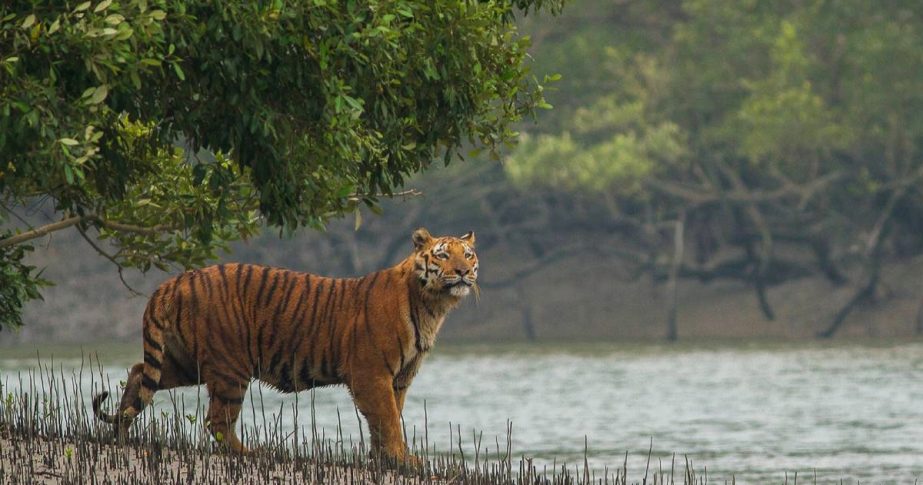
UNB, Khulna :
This month only, the much-awaited tiger census will begin in the Sunderbans — the world’s largest and only mangrove delta inhabited by the big cats.
Along with tigers, the government will also enumerate deer and pigs in the delta under the ‘Sundarbans Tiger Conservation Project’ estimated to cost the state exchequer a whopping Tk 35.93 crore.
On March 23, the Ministry of Environment, Forest and Climate Change gave its nod to the project with a three-year timeline.
“The census will be conducted inside the tiger sanctuary in the Sunderbans as well as its periphery,” Abu Naser Mohsin, divisional forest area officer, told UNB.
“This project is aimed at collecting updated data on tigers and formulating measures to protect them,” he added.
According to him, less, medium and most saline forest areas in Sunderbans will come under the ambit of the survey.
“As tigers mostly eat deer, pigs, monkeys and crabs, those will be surveyed too. But that will be the latter part of the census and begin in 2024,” he said.

According to the last census in 2018, there were 114 tigers in the Sundarbans. The figure was 106 in 2015.
Under the current project, 200 specialised cameras will be used. Moreover, some 90 cameras used in the 2018 census will also be utilised, said Mohsin.
Other activities in the project would include the training of 340 members of 49 village response teams and 185 members of community patrolling groups.
“At least two tigers will be fitted with satellite collars, which will help us monitor parasite attack on them and diseases. We will collect this data, analyse and publish a report as part of the project,” said the forest official.
Two observatory towers will also be established and firefighting equipment and drones will be used under the project as every year some tiger habitats get destroyed in sudden forest fires during the dry season, he said.
A 60km-long fencing will be raised along the villages adjacent to the forest areas as tigers often sneak into human habitats, according to the forest department.
Twelve mud fortresses will also be built in the forest areas where wild animals can take refuge during natural calamities like cyclones.
“The project has a provision for temporary appointment of 12 expert consultants for conducting training, survey, data collection, analysis and preparing reports. Also, all the research and survey work under the project will be recorded as a documentary,” said Mohsin.

